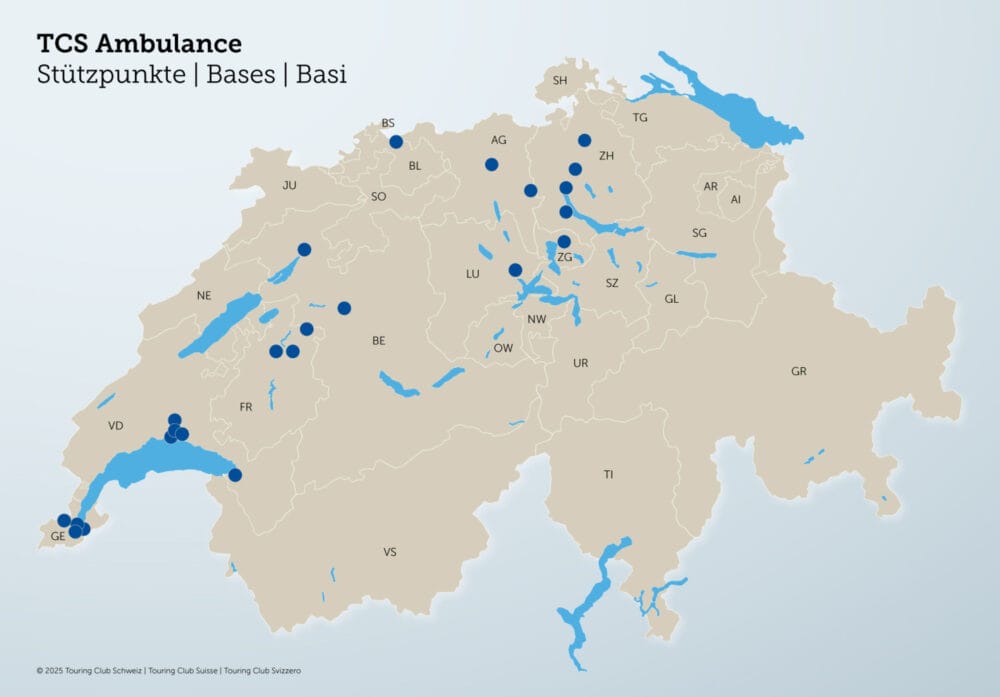3700 Accident victims manage to get back on track
They overcame many hurdles, motivated themselves after setbacks and fought their way back into everyday life with willpower, help and initiative: In 2016, around 3,700 people who had suffered a serious accident made their way back into working life. This was despite the fact that severe injuries meant that they could no longer return to their previous job, or could no longer return to it to the same extent.

Suva registers around 460,000 accidents every year, of which around 4,200 insured persons are injured so severely that they have pronounced problems with reintegration. "We accompany these people specifically with our case management. Some of them for a few months, some for several years," says Peter Diermann, Head of Insurance Services at Suva. Without appropriate support, these accident victims would no longer be able to return to their previous jobs, or at least not to the same extent.
High reintegration rate
In 2016, Suva closed a total of around 4200 such cases with a so-called reintegration problem. Of these, 3700 people (88 percent) were successfully reintegrated. People are considered to have been successfully reintegrated if they are able to continue working after an accident, either with their original employer or with a new employer, and do not require a disability pension or only a small one (less than 20 percent). The remaining 500 accident victims receive a 20 percent or higher pension. Whereas only 71 persons receive a full pension with a degree of disability of more than 90 percent. This is shown by a recent evaluation in which all accident victims up to the age of 60 were taken into account. Of those aged 50 to 60, more than 80 percent were successfully reintegrated in 2016. For those aged 20 to 50, the figure is over 90 percent, and for those under 20, the figure is as high as 99 percent.
Most shoulder and knee injuries
More than a third of the 4,200 victims that Suva has accompanied with a case manager come from the main and ancillary construction trades. Of these, one in three injured either their shoulder or their knee. At 91 percent, these cases were reintegrated better than average in the construction industry in 2016. Overall, the success rate for cases with reintegration problems in the construction industry is 87 percent.
Shoulder and knee injuries are also the most common among all cases with reintegration problems. However, "Basically, the type of injury is not yet a criterion for the use of a case manager," Diermann emphasizes. Problems for returning to work often arise from the combination of the injury and the previous job. "For example, it's difficult for a construction worker to continue working in construction after a serious knee injury." And getting back to work involves a lot of effort on the part of everyone involved. In the beginning, for example, the injured person might work at a sheltered workplace so that he or she can attend physical therapy and rehabilitation training on the side. When they finally return to work, they no longer do the hardest work, but receive a small disability pension for the loss of income.
Half change employers
If reintegration into the previous workplace is out of the question, Suva works with all parties involved to examine the options for reassigning the injured person within the company. "If this is also not possible, we support the insured in finding a new employer." Almost 50 percent of those reintegrated in 2016 had to change employers after the accident.
In all its measures, Suva works closely with the injured person, his or her company and the disability insurance (IV). This is because the IV is primarily responsible for integration measures in the Swiss social insurance system. The cooperation with Compasso has been intensified by Suva in recent years. This information portal also supports employers in the reintegration of employees who have had an accident and offers them tried-and-tested tools, step-by-step instructions and concrete practical examples.









